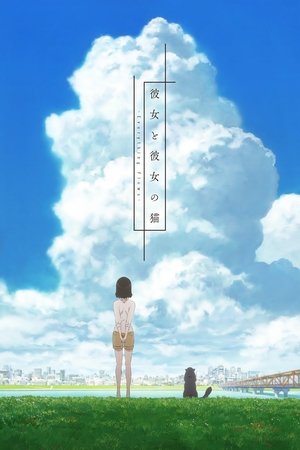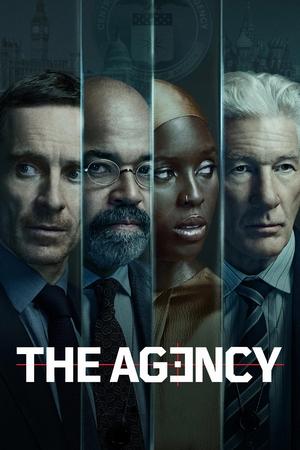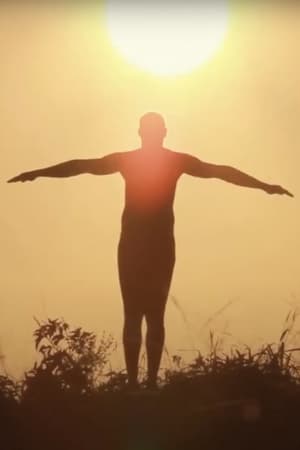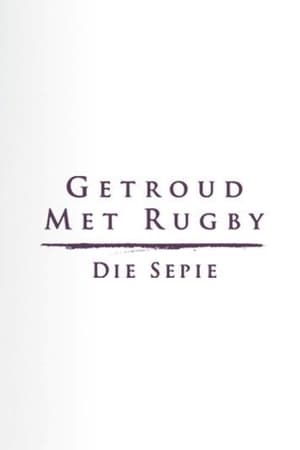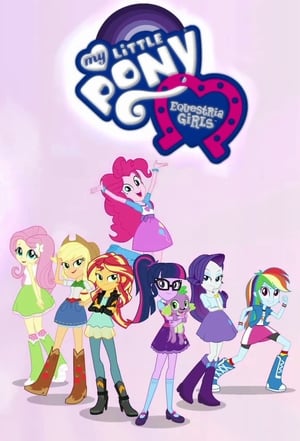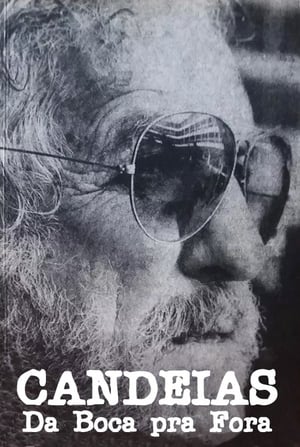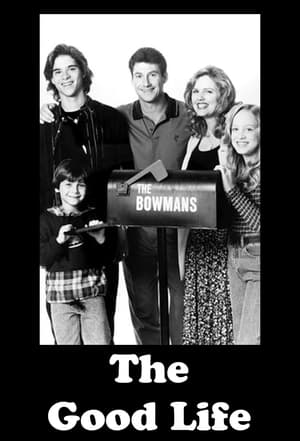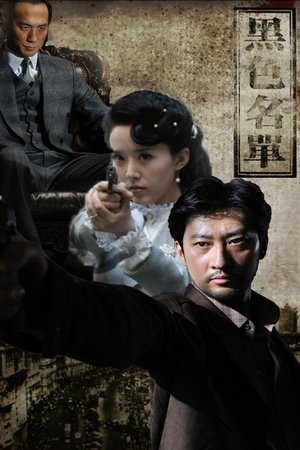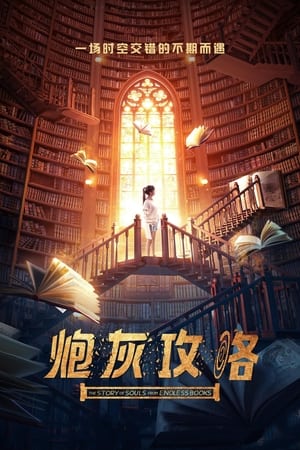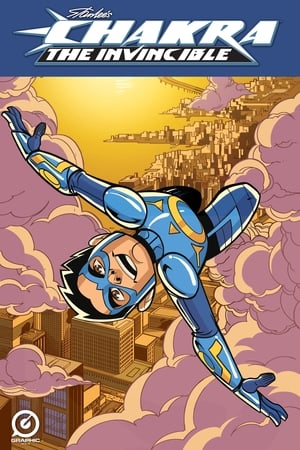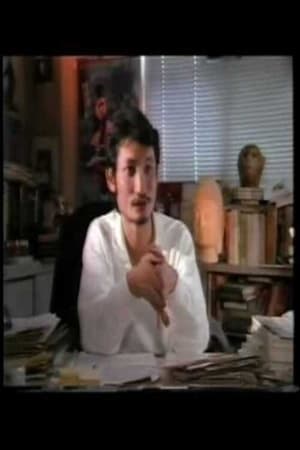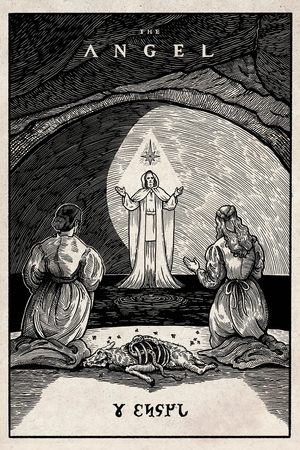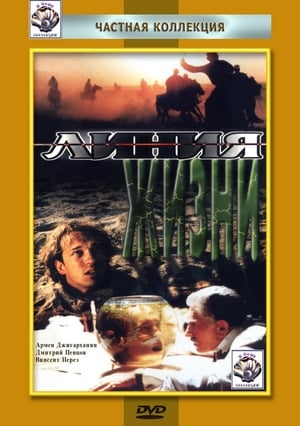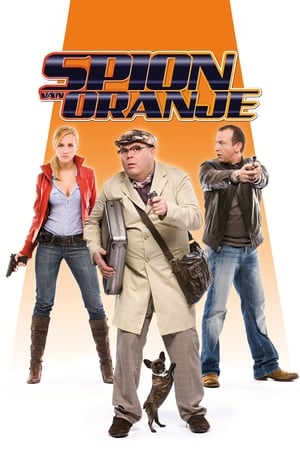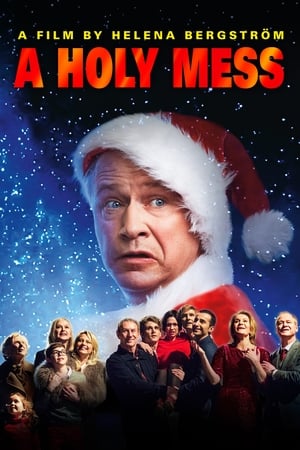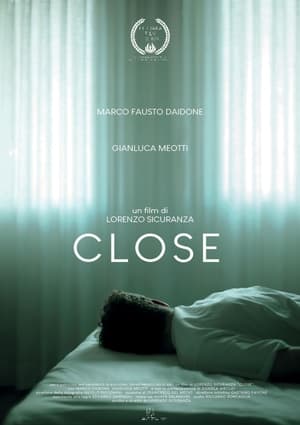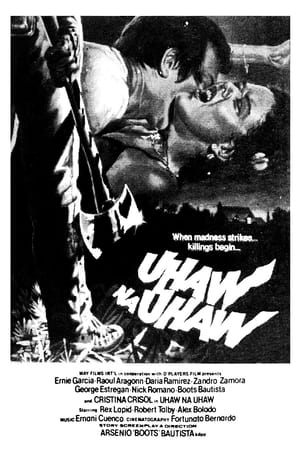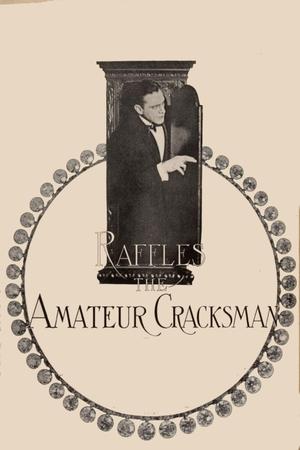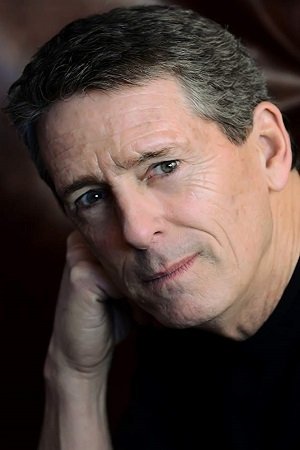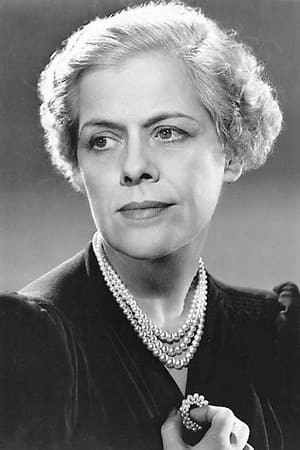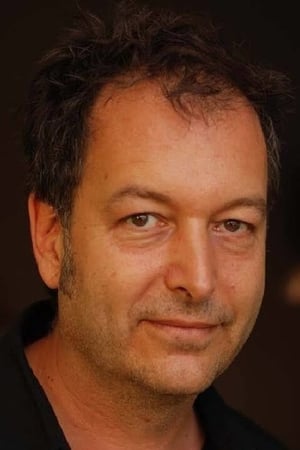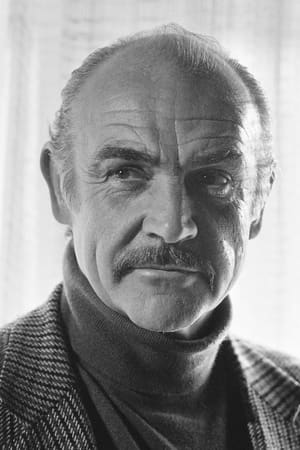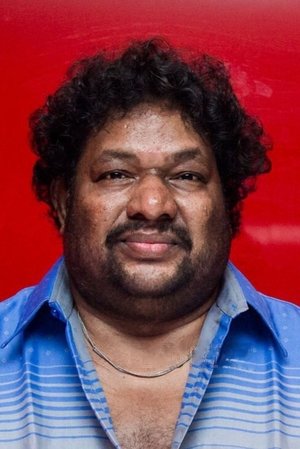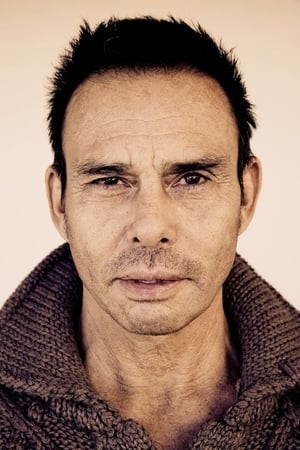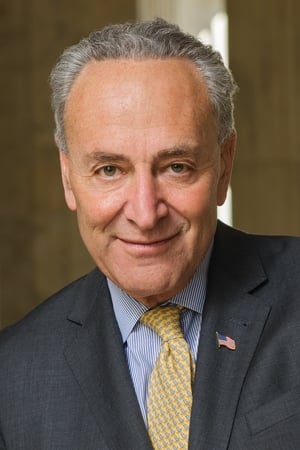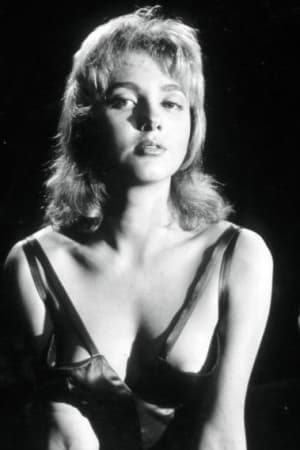Trending
Popular people
Jeff Allin
Biography
During many years in Los Angeles, Jeff's numerous television appearances included recurring roles on St. Elsewhere, L.A. Doctors and Mr. Stirling; leads and guest leads in pilots and episodic television, and seven years on the CBS soap, Bold and the Beautiful. He's a Helen Hayes Award winner for Glengarry Glen Ross at Round House Theatre in Washington, D.C. He was seen on Broadway in David Hare's Plenty and in Richard Greenberg's Everett Beekin at Lincoln Center. He performed in the August Wilson Festival at the Kennedy Center as well as in theaters across the nation including, American Conservatory Theatre, Mark Taper Forum, South Coast Repertory, Seattle Repertory, Lincoln Center, Hartford Stage Company, and Pasadena Playhouse among others. He was most recently seen in the Jez Butterworth play, The River, at Spooky Action Theater in Washington, D.C.. Jeff is an audio book narrator with the Library of Congress and a voice actor for Graphic Audio. Mr. Allin resides in the Washington, DC area with his family.
Read more
Janet Beecher
Biography
From Wikipedia, the free encyclopedia
Janet Beecher (October 21, 1884 – August 6, 1955) was an American stage and screen actress.
Beecher was a supporting player and lead on the Broadway stage between the 1900s and 1940s. Her Broadway debut came in The Education of Mr. Pipp (1905). Her final Broadway play was The Late George Apley (1944).
Between 1915 and 1943, she appeared in about fifty motion pictures. She remains perhaps best-remembered as a character actress during Hollywood's golden age, often seen in roles as "firm but compassionate matriarchs". She was known for her roles as Ginger Rogers' mother in The Story of Vernon and Irene Castle (1939), Tyrone Power's mother in the adventure film The Mark of Zorro (1940), and Henry Fonda's mother in Preston Sturges' screwball comedy The Lady Eve (1941). She retired from film business in 1943, but managed to play a role in the television series Lux Video Theatre in 1952.
Read more
Megan Suri
Biography
Megan Suri (March 28, 1999) is an American actress, best known for her roles in the independent film The Miseducation of Bindu (2019) and the Netflix teen comedy series Never Have I Ever (2020–2023).
Suri was born in the United States to Indian Punjabi immigrant parents. She spent two years in India as a child. She has two brothers and a sister. Her father is a former professional player. Suri lives with her family in Downey, California. They own a dog.
In the romantic comedy film Valentine's Day, Suri made her acting debut in 2010. She subsequently appeared in the Fresh Off the Boat backdoor pilot Magic Motor Inn.
2019, Suri starred in the independent comedy film The Miseducation of Bindu (2019). A critic noted that "Megan Suri is perfectly cast as Bindu". From 2021 to 2023, she portrayed Aneesa, another Indian student who attends Devi's high school, in Never Have I Ever. One critic opined that "Megan Suri is outstanding as Aneesa".
Suri's first leading role was in the 2023 horror film It Lives Inside, directed by Bishal Dutta.
Description above from the Wikipedia article Megan Suri, licensed under CC-BY-SA, full list of contributors on Wikipedia.
Read more
Clarence John Ryan
Biography
Clarence Ryan is an Australian actor. Clarence Ryan is the nephew of Trevor Jamieson, which they discovered while filming Lockie Leonard in 2007. He has been acting since he was 14.
Ryan played the lead role in Wrong Kind of Black, was a co-lead in September and featured in a segment of We Are Still Here.
He played a lead in Lockie Leonard, as well as in KGB, an Australian comedy series following two rookie detectives through Perth, appeared in the second season of Cleverman and in the third series of Mystery Road.
Other featured roles include the film Blueback (film); the historical documentary Yagan, about the Noongar warrior Yagan; and the 2014 stage production of King Hit, which follows the life of Geoffrey Narkle, an Aboriginal man and a member of the Stolen Generations, and his boxing career during reflecting on culture, identity, and finding strength.
For his performance in September he was nominated for 2008 AFI Award for Best Young Actor and for his performance in Mystery Road: Origin he was nominated for the 2023 Logie Award Most Outstanding Supporting Actor.
Read more
Peter Mettler
Biography
Peter Mettler (born September 7, 1958) is a Swiss-Canadian film director and cinematographer. He is best known for his unique, intuitive approach to documentary, evinced by such films as Picture of Light (1994), Gambling, Gods and LSD (2002), and The End of Time (2012). He has also worked as a cinematographer on films by Atom Egoyan, Patricia Rozema, Bruce McDonald, and Jennifer Baichwal, and has collaborated with numerous other artists, including Michael Ondaatje, Fred Frith, Jim O'Rourke, Jane Siberry, Robert Lepage, Edward Burtynsky, Greg Hermanovic, Richie Hawtin, Neil Young, Jeremy Narby, and Franz Treichler.
Read more
Sean Connery
Biography
Sir Thomas Sean Connery (August 25, 1930 – October 31, 2020) was a Scottish actor and producer who won an Academy Award, two BAFTA Awards (one being a BAFTA Academy Fellowship Award), and three Golden Globes, including the Cecil B. DeMille Award and a Henrietta Award.
Connery was the first actor to portray the character James Bond in film, starring in seven Bond films (every film from Dr. No to You Only Live Twice, plus Diamonds Are Forever and Never Say Never Again), between 1962 and 1983. In 1988, Connery won the Academy Award for Best Supporting Actor for his role in The Untouchables. His films also include Marnie (1964), Murder on the Orient Express (1974), The Man Who Would Be King (1975), A Bridge Too Far (1977), Highlander (1986), Indiana Jones and the Last Crusade (1989), The Hunt for Red October (1990), Dragonheart (1996), The Rock (1996), and Finding Forrester (2000).
Connery was polled in a 2004 The Sunday Herald as "The Greatest Living Scot" and in a 2011 EuroMillions survey as "Scotland's Greatest Living National Treasure". He was voted by People magazine as both the “Sexiest Man Alive" in 1989 and the "Sexiest Man of the Century” in 1999. He received a lifetime achievement award in the United States with a Kennedy Center Honor in 1999. Connery was knighted in the 2000 New Year Honours for services to film drama.
On 31 October 2020, it was announced that Connery had died at the age of 90.
Description above from the Wikipedia article Sean Connery, licensed under CC-BY-SA, full list of contributors on Wikipedia
Read more
Srikanth Deva
Biography
Srikanth Deva, an Indian music director, made his Tamil cinema debut with the film "Doubles" in the year 2000. He is the son of the renowned composer Deva and the nephew of the celebrated music director duo Sabesh-Murali. In 2023, he was honored with the 69th National Film Award for Best Music Director for his outstanding work in the Tamil short film "Karuvarai." Furthermore, he received the Best Music Director award for the film "M. Kumaran Son of Mahalakshmi" at the State Awards in 2004, which showcased his remarkable musical talent and contributed to his legacy in the industry
Read more
Raoul Max Trujillo
Biography
Raoul Trujillo is an American actor, dancer, and choreographer. A former soloist with the Nikolais Dance Theatre, he is the original choreographer and co-director for the American Indian Dance Theatre. He is the host for a series of dancing programs. Trujillo's career spans more than 30 years in film and theatre. He is perhaps best known for playing Zero Wolf, the Mayan villain in Apocalypto (2006), directed by Mel Gibson, and for playing the Iroquois chief Kiotseaton in the film Black Robe.
Read more
Chuck Schumer
Biography
Charles Ellis Schumer (born November 23, 1950) is an American politician serving as the senior United States senator from New York, a seat he has held since 1999. A member of the Democratic Party, Schumer has led the Senate Democratic Caucus since 2017 and has served as Senate Majority Leader since 2021. The dean of New York's congressional delegation, Schumer is in his fifth Senate term and was the Senate's minority leader from 2017 to 2021. Schumer is the longest-serving senator from New York, having surpassed Daniel Patrick Moynihan and Jacob K. Javits in 2023.
A native of Brooklyn and a graduate of Harvard College and Harvard Law School, Schumer was a three-term member of the New York State Assembly from 1975 to 1980. He served nine terms in the United States House of Representatives from 1981 to 1999, first representing New York's 16th congressional district before being redistricted to the 10th congressional district in 1983 and 9th congressional district 10 years later. In 1998, Schumer was elected to the Senate, defeating three-term Republican incumbent Al D'Amato. He was reelected in 2004 with 71% of the vote, in 2010 with 66% of the vote, in 2016 with 70% of the vote, and in 2022 with 56% of the vote.
Schumer chaired the Democratic Senatorial Campaign Committee from 2005 to 2009, overseeing 14 Democratic gains in the Senate in the 2006 and 2008 elections. He was the third-ranking Democrat in the Senate, behind Senate Majority Leader Harry Reid and Majority Whip Dick Durbin. He served as Vice Chair of the Democratic Caucus in the Senate from 2007 to 2017 and chaired the Senate Democratic Policy Committee from 2011 to 2017 Schumer won his fourth term in the Senate in 2016 and was then unanimously elected Democratic leader to succeed Harry Reid, who was retiring.
Read more
Isabelle Corey
Biography
Isabelle Corey (29 May 1939 – 6 February 2011) was a French actress and model.
Corey started modeling in Paris in her teens for magazines such as Jardin des Modes, Elle and Madame Figaro. She was discovered in the Latin Quarter, where she lived with her parents, by Jean Pierre Melville and was offered the lead in his classic film noir, Bob le flambeur.
Following parts in such films as And God Created Woman, she continued her film career in Italy where she settled in Rome, to work with such producers, directors and actors as Mauro Bolognini, Vittorio De Sica, Marcello Mastroianni, Alberto Sordi, Dino De Laurentiis and Roberto Rossellini.
Source: Article "Isabelle Corey" from Wikipedia in English, licensed under CC-BY-SA 3.0.
Read more


